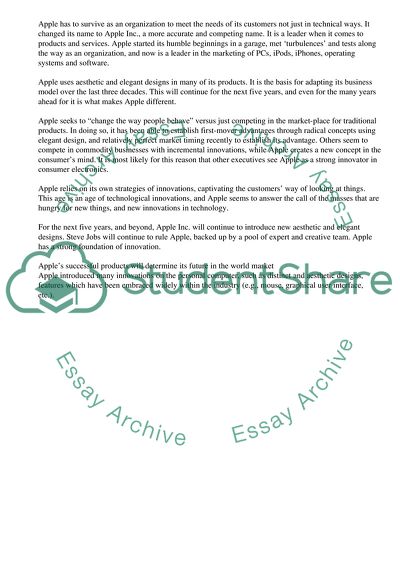Cite this document
(Strategic Risk Management in Apple Inc Case Study, n.d.)
Strategic Risk Management in Apple Inc Case Study. Retrieved from https://studentshare.org/management/1742100-risk-managment
Strategic Risk Management in Apple Inc Case Study. Retrieved from https://studentshare.org/management/1742100-risk-managment
(Strategic Risk Management in Apple Inc Case Study)
Strategic Risk Management in Apple Inc Case Study. https://studentshare.org/management/1742100-risk-managment.
Strategic Risk Management in Apple Inc Case Study. https://studentshare.org/management/1742100-risk-managment.
“Strategic Risk Management in Apple Inc Case Study”. https://studentshare.org/management/1742100-risk-managment.


